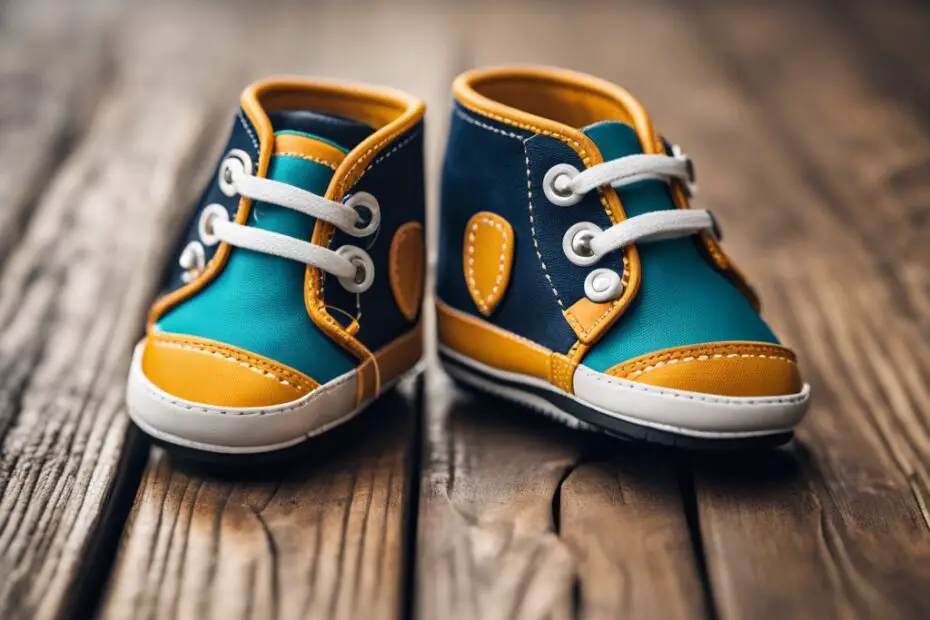Taking your pup on a walk, wondering should dogs wear shoes? Worrying whether they are safe? Veterinarians have weighed in! Find out if dog boots are a safe and smart choice for your furry friend.
In this article, we’ll provide an overview of everything you need to know about dog boots, including why veterinarians may recommend wearing them, the best types for different scenarios and afflictions, and tips on how to ensure your pup is comfortable while wearing them. By the end of this article, you’ll have all the information you need to determine if booties are right for your pooch.
Should Dogs Wear Shoes?
Yes, in certain situations. In general, dogs do not need shoes unless there is an underlying medical condition or if there are specific terrain issues (e.g., rocky trails, hot asphalt, ice, etc.). While dog shoes may not be necessary in all situations, getting the right pair of dog footwear can provide relief and help protect your pup from many potential hazards.
Benefits of Dog Shoes
Walking your dog is an important part of their health and well-being, but outdoor surfaces can often contain objects that can hurt their paws. Wearing shoes on your dog can give them extra protection against sharp stones, hot asphalt, ice, and snow.
Veterinarians recommend that dogs wear shoes when walking in areas with unfriendly terrain or during long hikes in the wilderness. In addition to preventing injury, shoes also offer protection against parasites and lessen the spread of bacteria or other diseases.
In order to ensure the comfort of your pet in its new footwear, it is important to choose a pair based on their breed and size. High-quality materials are also essential for ensuring proper comfort and absorbing shock while walking or running. A good place to start is by looking at dog boots designed specifically for the breed of your pet. If possible, you may want to try them out first before investing in a pair for daily use.

Types of Dog Shoes
When you’re out shopping for dog boots, sometimes it can be hard to figure out which type you should get for your pup. Different types of dog shoes might have different advantages or disadvantages depending on their purpose and where you live, so it’s important to do some research before making your decision. Generally, there are three main types of dog shoes: booties, sneakers, and sandals.
Booties are the most common type of shoe for dogs. They are typically made from thick leather or synthetic fabric and they provide strong protection against weather conditions like snow and rain. The soles are usually made of rubber or plastic and help provide gripping traction when walking on slippery surfaces.
Vets often recommend using these types of shoes if it’s cold outside or if your pup has to maneuver icy terrains like ski slopes. Booties are also great for keeping paws clean in muddy areas and keeping hot pavement from burning your pup’s feet.
Dog Sneakers function a lot like traditional human sneakers, with lightweight construction providing protection from hot pavement and other surfaces that would be too harsh on sensitive dog paws. They provide no waterproof coverage but they add minimal additional weight to the wearer’s feet which can be great for those long hikes with your pup.
Finally, sandals or Crocs-like dog sandals. may not offer much additional protection but they are perfect for keeping dirt and debris off of your pooch’s feet in the summertime or when walking around on grassy fields or trails that may be a bit overgrown with weeds. Plus, many pet owners find that their dogs enjoy the added freedom that comes with wearing open-toed footwear! It is important to find a good fit though as some sandals don’t offer enough arch support which can lead to more harm than good while running around outdoors with your furry friend!
How to Measure and Choose the Right Size
The right size boots for your pup is essential if you’re planning on having them venture out with shoes. It’s important to make sure they are the right size and fit not only for comfort, but safety as well. To ensure you get the perfect fit, measure around your pet’s paws, including their dewclaws (if applicable), and compare the measurement to the sizing chart provided by the boot maker.
Make sure the shoe fits firmly but not tightly — you don’t want it to be too loose or too tight as it can cause rubbing or pinching. If a shoe is too big, it can easily come off when your pet is running and playing outdoors; if it’s too small, it may constrict movement and cut off circulation to their paw pads.
If your dog has longer fur between their toes, choose a bigger size so that their paws can feel comfortable without being restricted in any way. Lastly, consider your dog’s lifestyle: consider thicker soles with traction if they’ll be running on pavement or rocky terrain outdoors often!
Safety Considerations
Before purchasing shoes for your dog, it’s important to consider the safety implications. If your pup has pre-existing conditions like arthritis or other skin-related issues, then the wrong footwear could make their condition worse. You should always consult with your veterinarian before investing in shoes for your pup.
To find the right fit, you must measure your pup’s paws and look for “true-to-paw” sizing from the shoe manufacturers. Before putting them on, be sure to check that all of the straps are securely fastened and that there is adequate room for your pet to move their paws without restriction.
Shoes should be snug but not tight — you don’t want them cutting off circulation or causing discomfort. Additionally, it is important to note that if you are buying shoes designed specifically for colder climates (such as snow boots) they will provide too much insulation when worn in warm weather climates.
The shoes should cover all of the pads on their feet and have a non-slip sole to help keep them safe on slippery surfaces like tile floors or icy sidewalks during winter walks. It is always recommended that you walk with them initially in a new pair of shoes so that they can get used to wearing them properly before setting off without supervision in case the fit needs adjusting.
Are Dog Boots Recommended by Veterinarians?
Whether or not your dog needs to wear dog boots depends on a variety of factors. Your veterinarian will be able to provide the best advice about if, and when, your pup should wear protective footwear. Most veterinary professionals will agree that dogs should not be given shoes if they routinely live in a clean indoor environment with no sharp objects on the floor.
In some cases, it may be beneficial for your pup to use shoes in extreme weather conditions like extreme cold or intense heat; however, shoes should still fit properly and have sufficient ventilation and breathability. Dogs that often go out on trails or rocky terrain can benefit from paw protection, so take special care to select shoes that are made specifically for canine feet and sized appropriately. Keeping your pup’s nails trimmed can help reduce the risk of slipping while wearing boots.
In some instances, shoes may even help dogs with certain health problems like arthritis or joint pain by providing extra cushioning and warmth. That being said, no two pups are the same; it’s best to consult with your vet before making a decision about canine footwear.
Tips on Acclimating Your Dog to Shoes
Acclimating your dog to wearing shoes is an important step in the process of helping them stay safe and comfortable outdoors. There are a few tips you should keep in mind when getting your pup used to their canine wear:
-Start gradually. Introduce one shoe at a time and give positive reinforcement during the process. Let them sniff, lick and explore their footwear before expecting them to wear it for longer periods of time.
-Introduce the shoes during less active activities, like a leisurely stroll or a game of fetch, when they have less energy or inclination to pay attention to what is going on with their feet.
-Make sure that you get the right size shoes so your pup doesn’t find them uncomfortable or frustrating trying on every single type that is available.
-Always reward good behavior with treats and pleasant words like ‘good dog’ when they are wearing their new footwear properly. Sometimes, wearing protective shoes can take some getting used to and this can help build confidence in them while they are learning how to move around in their new protectors safely and comfortably.
-Lastly, if you notice any signs of distress or discomfort from your dog when wearing shoes, consult with your veterinarian immediately for advice on adjusting fit or selecting an alternative size or style of shoe that may be better suited for your pup’s needs and activity levels.
Conclusion: What’s the Best Choice for Your Dog?
When determining whether your dog should wear puppy boots or not, consider your pup’s individual needs and preferences. If you are looking to provide a great deal of protection for your pup’s paws, consider purchasing a pair of quality-made, specialized boots or shoes. These can be found in pet stores and online retailers.
On the other hand, if your pup doesn’t need as much protection, there are several practical, at-home DIY solutions like booties or fabric anti-slip socks that fit right around your pup’s paws.
Ultimately, the best choice for you and your pup may vary depending on the level of comfort and protection that you are comfortable providing them with. Be sure to consult with a qualified veterinarian if you have any questions about what type of shoes would be best for your canine companion!
